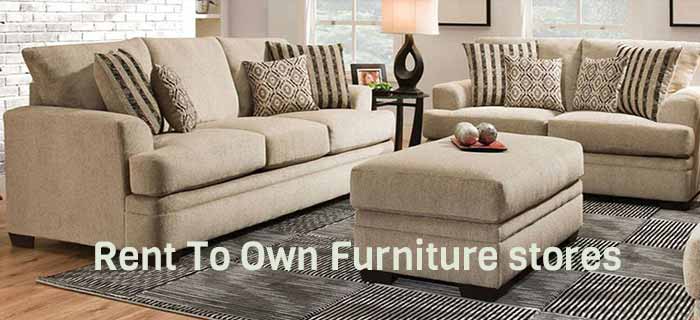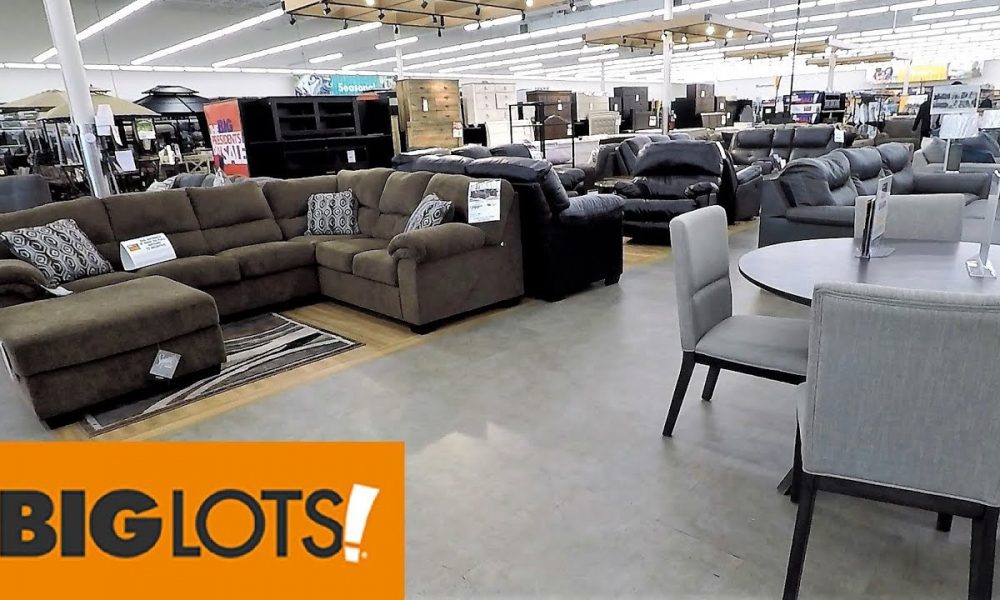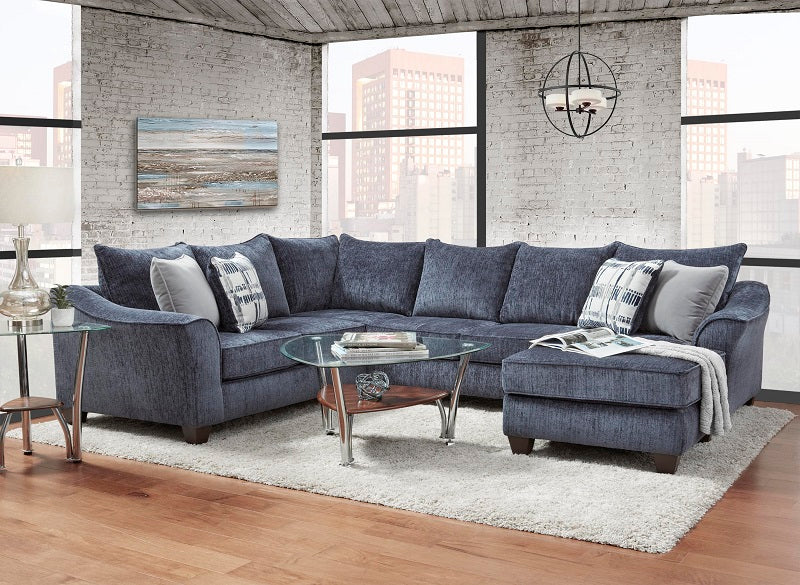Does Big Lots Rent To Own Furniture

In an era where instant gratification often clashes with financial realities, the allure of acquiring furniture without upfront payments is undeniable. Many consumers find themselves wondering if Big Lots, a popular discount retailer, offers a rent-to-own option for its furniture selection. This question touches on broader trends in consumer finance, access to essential goods, and the varying business models retailers employ to meet diverse customer needs.
This article delves into whether Big Lots provides rent-to-own furniture, clarifying available financing options, examining alternative solutions, and considering the implications for consumers seeking affordable ways to furnish their homes. The investigation aims to provide a clear and comprehensive understanding of Big Lots' furniture purchasing options and how they compare to the broader rent-to-own landscape.
Big Lots' Financing Options: What's Available?
Big Lots does not directly offer a traditional rent-to-own program for its furniture. Customers cannot take furniture home with a minimal initial payment and pay it off over time with the option to return it. Instead, Big Lots provides alternative financing methods to help customers purchase furniture without paying the full price upfront.
These options typically include credit card partnerships or installment payment plans through third-party providers. Customers can apply for a Big Lots credit card, which often comes with promotional financing offers such as deferred interest or reduced APR for a specific period. Another alternative is using a service like Progressive Leasing, which provides lease-to-own options, although this is not directly managed by Big Lots.
Understanding Lease-to-Own through Third Parties
While not a direct offering, Big Lots partners with lease-to-own companies like Progressive Leasing. These companies allow customers to acquire furniture with an initial payment and then make regular payments over a set period, eventually owning the items. However, it's important to note that these agreements often come with significantly higher total costs compared to purchasing outright or using traditional financing methods.
The total cost of leasing furniture through these partners can be substantially greater than the retail price. This is due to the inclusion of fees, interest, and other charges associated with the lease agreement. Customers considering this option should carefully review the terms and conditions, paying close attention to the total cost of ownership, early buyout options, and any potential penalties.
Alternatives to Rent-to-Own: Exploring Other Options
For consumers unable or unwilling to pay upfront, several alternatives exist beyond rent-to-own arrangements. Traditional financing options, such as personal loans or credit cards with lower interest rates, may offer a more cost-effective way to purchase furniture.
Another alternative is exploring buy-now-pay-later (BNPL) services. These services allow customers to split purchases into smaller, more manageable installments, often without charging interest. Additionally, checking with local banks or credit unions for financing options can yield favorable terms, especially for individuals with good credit scores.
The Secondhand Market: A Cost-Effective Solution
The secondhand furniture market presents a compelling alternative to both rent-to-own and traditional financing. Websites like Facebook Marketplace, Craigslist, and local consignment shops offer a wide variety of furniture at significantly reduced prices.
While the condition of secondhand furniture may vary, careful inspection and cleaning can often yield quality pieces at a fraction of the cost of new items. This approach not only saves money but also promotes sustainability by giving existing furniture a new lease on life.
Consumer Considerations and Financial Implications
When considering any financing option for furniture, including lease-to-own or credit cards, it's crucial to carefully evaluate the total cost of ownership. Rent-to-own agreements, while seemingly convenient, can often lead to significantly higher overall expenses due to interest rates and fees.
Consumers should also assess their ability to make timely payments. Late or missed payments can result in penalties, damage to credit scores, and even repossession of the furniture. Understanding the terms and conditions of any financing agreement is paramount to making informed decisions and avoiding potential financial pitfalls.
Furthermore, it’s beneficial to create a budget and assess long term financial goals before undertaking large purchases.
Looking Ahead: The Future of Furniture Financing
The demand for flexible furniture financing options is likely to persist. Retailers may continue to explore partnerships with third-party lenders and develop innovative payment solutions to cater to diverse consumer needs.
As technology advances, we might see the emergence of new financing models that offer greater transparency, lower costs, and increased flexibility. Consumer education remains crucial to empower individuals to make informed decisions about furniture financing, ensuring they can furnish their homes without compromising their financial well-being. It is advisable to compare all options before finalizing any agreement.


















